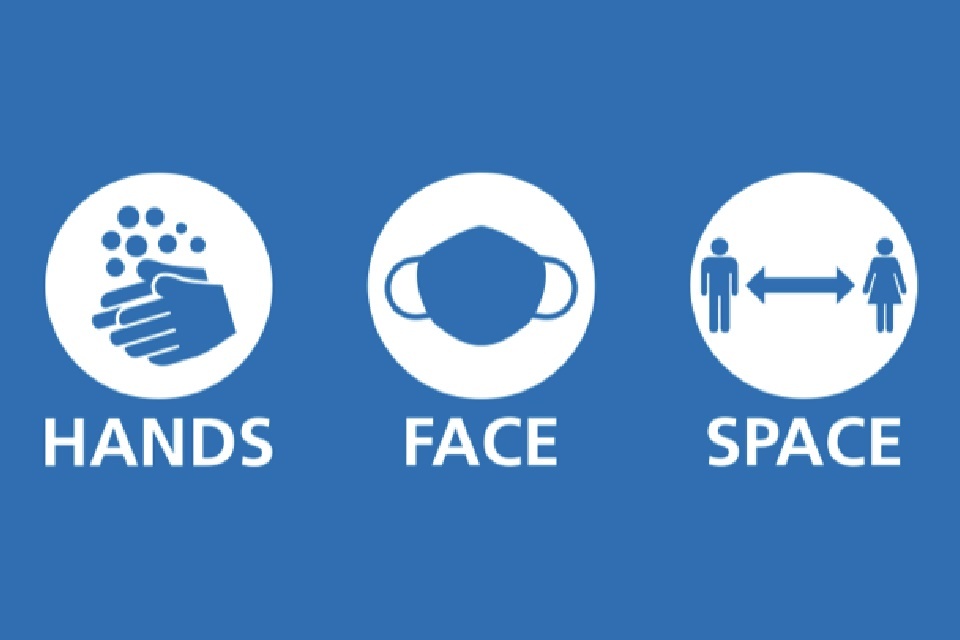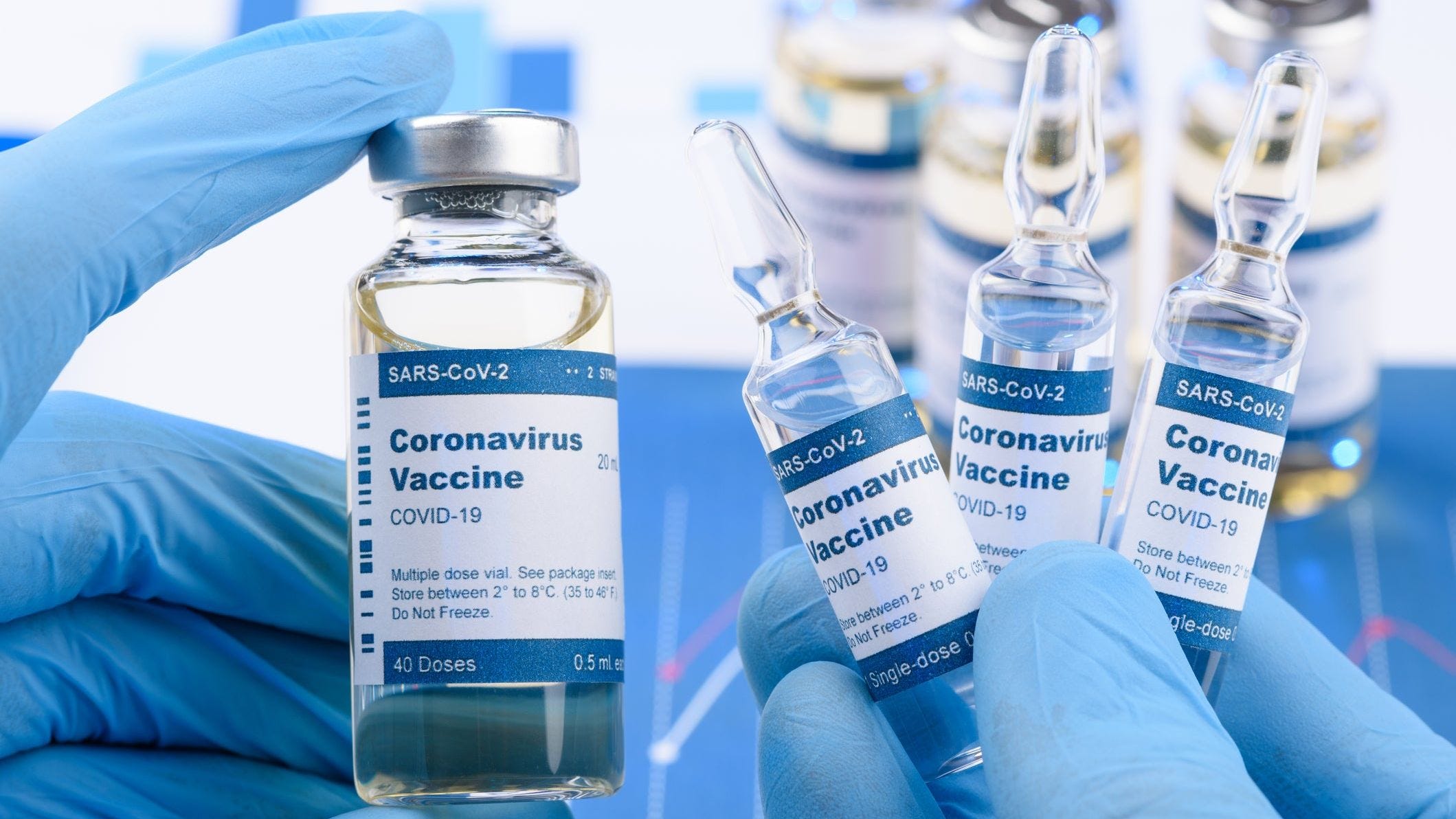There’s A Vaccine! – Frankie Stenning
News has spread across the country of the possibility of a vaccine for the deadly COVID-19 virus. This vaccine, if approved by the Medicines and Healthcare products Regulatory Agency (MHRA) in its final stage of testing, would be the fastest ever vaccine produced and given to the public.
This vaccine has been produced by the pharmaceutical companies Pfizer and BioNTech and is one of eleven vaccines in the final stage of testing. This one shows over a 90% protection rate on the 43,500 people tested on.
The vaccine itself requires two doses to be given 21-28 days apart with protection becoming apparent within seven days of the second dose. It is also an RNA vaccine. How this works is shown in the image below.

The UK has ordered 40 million doses thus supplying potential protection for 20 million citizens. Older care home residents, care home staff and health workers are likely to be at the top of the list for immunisation with children potentially not even being vaccinated.
There are many uncertainties and difficulties with this vaccine, such as the one of storage as it must be stored in -80 degrees Celsius, and so the government still stress the importance of continuing COVID-19 safety precautions until mass immunisation can be given out as currently it is unclear how many individuals will need to be vaccinated until ‘normality’ can return.
This means that you must continue to wear masks, maintain your distance and wash your hands.

The vaccine may be available to a small minority of citizens before the new year, although most are more likely to receive it throughout 2021.
With the possibility of approval for the vaccine in the next week, Matt Hancock has said that NHS staff have been told to be ready from December 1st to begin vaccinating people. Practices are also being paid more money to stay open seven days a week for longer hours to ensure that the vaccine can be given quickly as it has a short shelf life.

Vaccines have always been particularly important in helping to protect people against contagious and deadly diseases, like mumps, measles and rubella (MMR vaccine), even leading to those disease disappearing from populations in certain countries. This is seen in the UK with the eradication of smallpox.
The first vaccine to be produced was by Edward Jenner in 1798 against smallpox. This involved the use of cowpox to produce a solution injected into the body. This gave the person immunity against smallpox due to the creation of memory lymphocytes and antibodies in the primary immune response. If the person then encountered the smallpox virus (as it has similar antigens to cowpox) a secondary immune system response could occur which would be much more powerful and attack the virus much faster.
This is what the COVID-19 vaccine will do. However, an uncertainty with the vaccine is for how long the immunity will last as some vaccinations, such as those for malaria, only provide temporary immunity whilst the individual maintains contact with the disease.
Nevertheless, it is exciting news, particularly as England finds itself in week two of its 2nd national lockdown. Will it be the last one?















Post Comment
You must be logged in to post a comment.